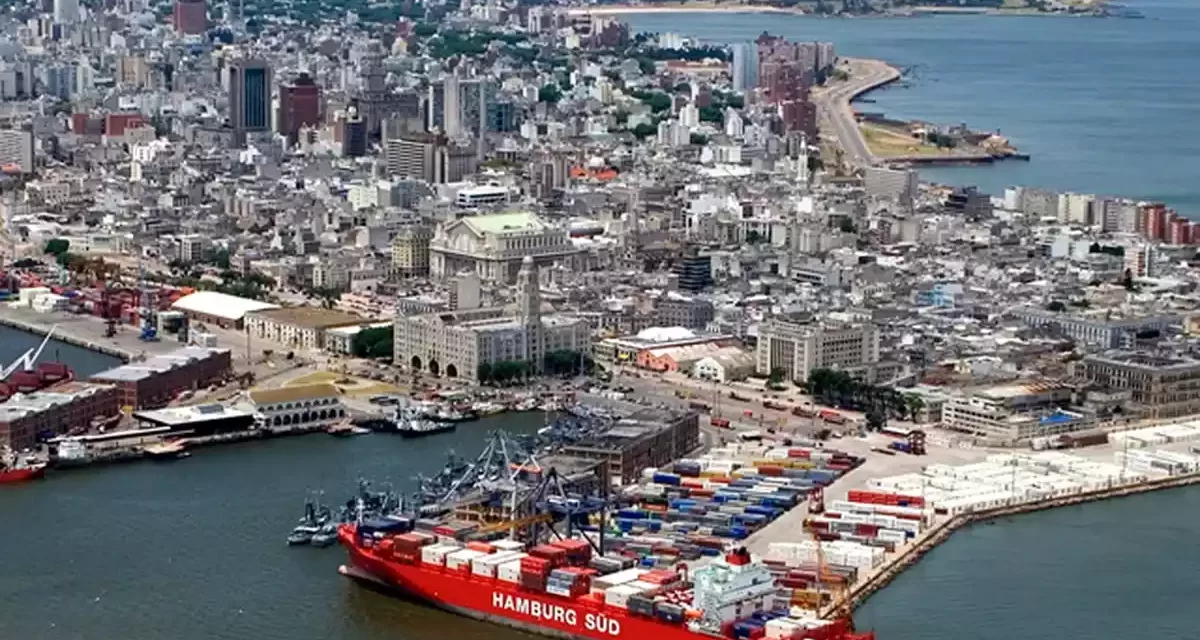Circular
Servirio`s News
MONTEVIDEO TO BE THE FIRST PORT IN SOUTH AMERICA TO OFFER COLD IRONING SERVICE

Technology will allow ships to connect to a power source and shut down their engines during their port calls
Terminal Cuenca del Plata (TCP), as part of its expansion, plans to install electrical infrastructure to offer ships the so-called “cold ironing” service, a technique that consists of connecting the ship to an external energy source, allowing it to turn off its engines. Montevideo will be the first port in South America to offer this service, reported Montevideo.com.
At a seminar held in Paraguay, Vincent Vandecauter, general manager of TCP, and the president of the National Ports Administration, Juan Curbelo, referred to the works that involve the largest investment in the history of the port of Montevideo.
Vandecauter highlighted the importance of the event and assured that these instances serve to exchange news, contact with the different players in the field and understand the needs of each country to facilitate synergies and improve relations.
The executive projected that, by the end of 2025, TCP will have two docks, with four berths, totaling more than 1,300 meters of berthing frontage, which will allow the world’s largest ships to call, and at the same time, will allow them to have the capacity to operate more ships and barges simultaneously.
Katoen Natie’s manager explained that with the current infrastructure they are prepared to receive vessels with a draft of up to 14 meters, but the second dock is designed to support a possible future draft of up to 17 meters. “It is a much larger measurement than the current requirements, but it is definitely a very important asset with the future in mind,” he said.
At the same time, he affirmed that the demands in the maritime world are increasingly greater, and one of the biggest challenges for shipping lines is to comply with environmental regulations. In this sense, he indicated that the objective of TCP with the “cold ironing service” is that the ships that call at the port can be connected to the terminal’s electrical network. In this way, the Port of Montevideo will be the first in South America to offer this service to container ships.
“The world is changing; the logistics world is facing great challenges and when there are great challenges, there are always opportunities. The demands of the maritime market are changing at an enormous speed: ships are growing in length and draft, and at the same time more productivity is required, and all this in a sustainable way, with attention to the environment”, contextualized the executive.
“With this infrastructure we help our customers comply with environmental regulations. It is a very important asset to transform the port of Montevideo into a hub port,” said Vandecauter.
It is expected that in the long term, with the new work, TCP will have the capacity to install up to eight cranes on the current pier and nine cranes on the second pier. With this infrastructure investment, the Terminal will increase its annual capacity to 3 million TEUs per year.


